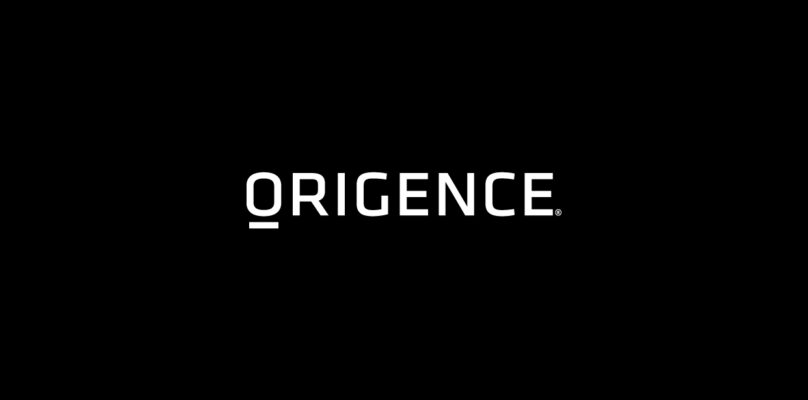Credit unions are member-owned, not-for-profit financial cooperatives that provide banking services to their members. They have a long history of innovation and social responsibility but face many challenges in the digital age. How can they leverage the power of AI and generative AI to create value for their members and communities?
That is one question I will explore in my keynote talk at Origence’s Lending Tech Live event in June, where I will investigate some examples of how AI in general, as well as generative AI, can transform your work, your life, and, of course, credit unions. In this blog post, I’ll summarize a few key points I will present.
Generative AI is a branch of artificial intelligence that focuses on creating new content, such as images, text, music, or video, based on existing data. Generative AI uses deep learning models, such as generative adversarial networks (GANs), variational autoencoders (VAEs), or transformers, to learn the patterns and features of the data and generate new samples that are realistic and diverse.
I will teach you about neural nets and supervised learning … so you will feel more empowered to embrace AI fervently. Ultimately, embracing AI will amplify your brain, not replace it.
What is generative AI?
Generative AI has many applications across different domains, such as art, entertainment, education, health, life, and business. For example, generative AI can be used to create realistic faces, landscapes, or artworks, to generate captions, summaries, or stories, to compose music or sound effects, to synthesize speech or voices, or to enhance or modify images or videos.
How can generative AI benefit credit unions?
Credit unions can use generative AI to create value for their members and communities in various ways, such as:
- Personalizing and enhancing member experience. Generative AI can help credit unions create tailored and engaging content for their members, such as personalized financial advice, recommendations, or offers, based on their preferences, needs, and goals. Generative AI can also help credit unions improve their communication and interactions with members by generating natural and human-like responses, voice assistants, or chatbots.
- Improving operational efficiency and security. Generative AI can help credit unions automate and optimize some of their processes, such as document generation, data analysis, or fraud detection, by using natural language processing (NLP), computer vision, or anomaly detection. Generative AI and AI can also help credit unions enhance their security and privacy by using facial recognition, biometric authentication, or data anonymization.
What are some examples of generative AI usage by credit unions?
Generative AI can help credit unions explore new possibilities and opportunities, such as creating new financial products, services, or features based on the feedback and preferences of their members. Generative AI can also help credit unions generate new ideas, insights, or solutions using data synthesis, augmentation, or visualization.
To illustrate the potential applications of generative AI for credit unions, let’s consider some examples from some known projects as well as research:
- A generative AI platform that helps credit unions create personalized and engaging content for their members, such as newsletters, emails, or social media posts, based on their data and preferences. By using natural language generation (NLG) and natural language understanding (NLU), credit unions can produce relevant and diverse content that matches the company’s tone, style, and voice.
- A generative AI tool that helps credit unions automate and optimize their document generation process, such as contracts, agreements, or reports, based on their data and templates. This tool uses natural language generation (NLG) and natural language understanding (NLU) to produce accurate and consistent documents that comply with the regulations and standards of the credit union.
- A generative AI system that helps credit unions detect and prevent fraud and money laundering by using generative adversarial networks (GANs) to generate synthetic data that mimics the behavior and patterns of real transactions. The system uses synthetic data to train and test fraud detection models without compromising the privacy and security of the actual data.
What are some challenges and limitations of AI?
Generative AI is a powerful and promising technology, but it also comes with challenges and limitations, such as:
- Data quality and quantity. All AI models require a large amount of high-quality data to learn and generate realistic and diverse content. However, data can be scarce, noisy, biased, or incomplete, affecting the models’ performance and reliability.
- Ethical and social implications. Generative AI models can, if not carefully curated, create content that is misleading, harmful, or offensive, such as fake news, deepfakes, or hate speech, which can have negative impacts on individuals, groups, or society. Moreover, generative AI models can raise ethical and social issues, such as privacy, consent, ownership, or accountability, which need to be addressed and regulated.
- Human-AI collaboration. Generative AI models can augment and assist human creativity and intelligence, but they cannot replace them. Human-AI collaboration is essential to ensure that generative AI models are aligned with the goals, values, and expectations of the credit unions and their members and that they are used in a responsible and trustworthy manner.
Conclusion
Generative AI has many applications and benefits for credit unions, such as personalizing and enhancing member experience, improving operational efficiency and security, and creating new products and services. Truly, these tools are capable of amplifying the minds of those who leverage them for good. However, generative AI also poses challenges and limitations, such as data quality and quantity, ethical and social implications, and human-AI collaboration, which must be addressed and overcome. I’ll be discussing these topics and more during my session at Lending Tech Live ’24.
I hope to see you at the conference in June. I trust this technology as much as I trust Excel to do the math; a significant portion of what you just read was generated by GPT-4. That fact alone is reason enough to attend!





